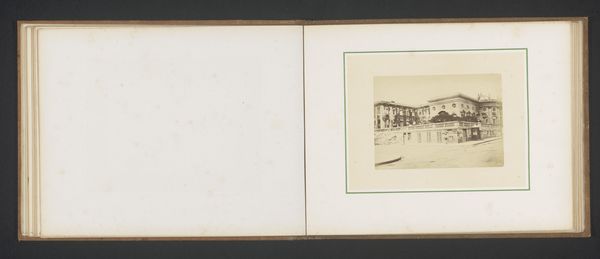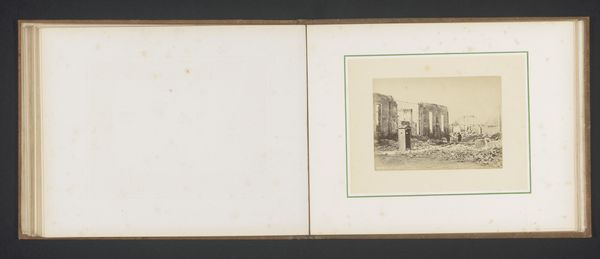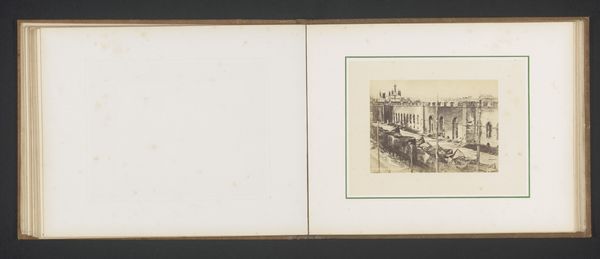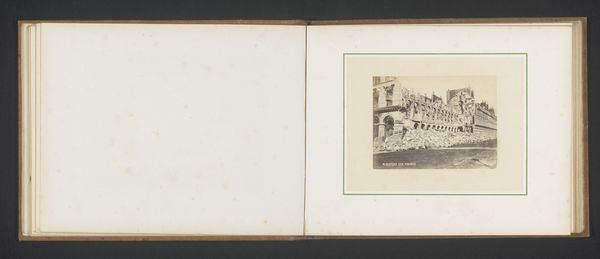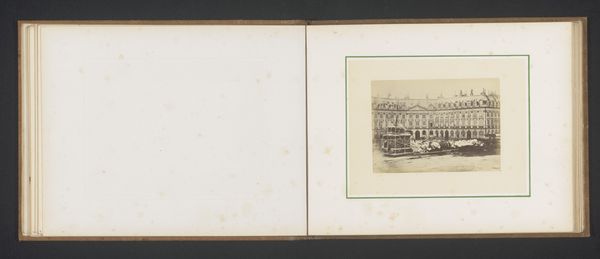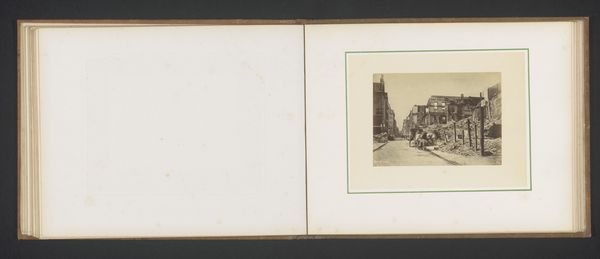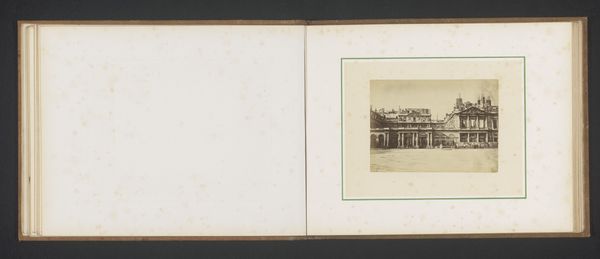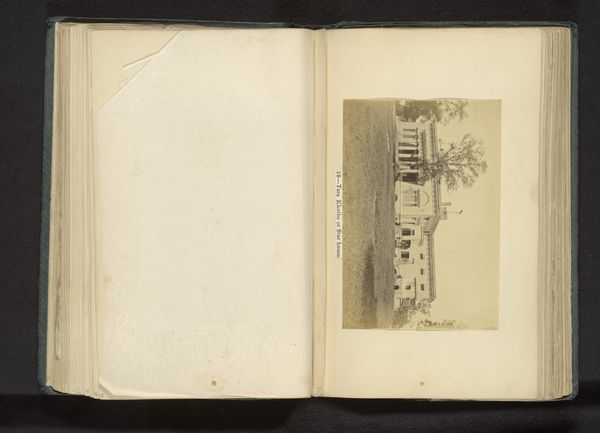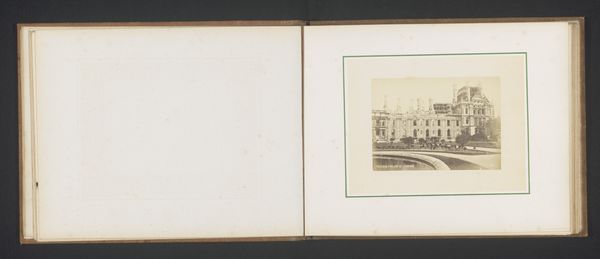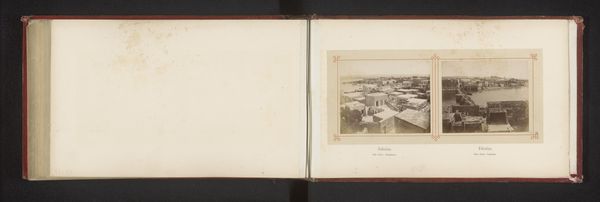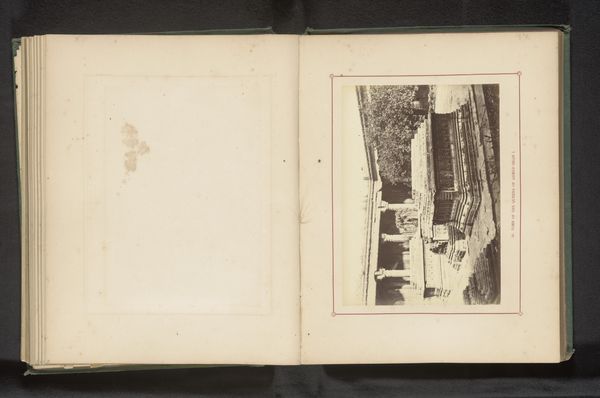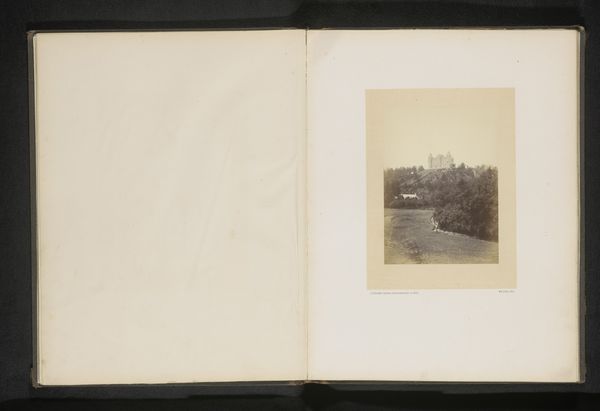
Gezicht op de Porte Saint-Cloud in Parijs na de brand door de Commune in Parijs 1871
0:00
0:00
print, photography, gelatin-silver-print
# print
#
landscape
#
photography
#
gelatin-silver-print
#
cityscape
#
realism
Dimensions: height 94 mm, width 128 mm
Copyright: Rijks Museum: Open Domain
Editor: Here we have a photograph, a gelatin silver print from 1871 by P. Loubère, titled *View of the Porte Saint-Cloud in Paris After the Fire by the Commune in Paris.* It’s rather bleak, with what seems to be the aftermath of some destructive event. What jumps out at you when you look at it? Curator: It's not just the destruction, but what it represents: a deliberate shattering of the familiar. Look at the remains of the gate, how it mirrors the fragmentation of Parisian society after the Commune. What stories do you think these ruined stones could tell, if they could speak? Editor: Stories of conflict, obviously, and perhaps lost hopes? The broken structures certainly convey that. Is there more to it, though? Curator: Consider the 'Porte' itself – historically a gateway, a symbol of entry, welcome, and trade. Now it's a shattered portal, rendered useless. The fire, acting as a symbol of purification or revolution gone awry, depending on one's view, speaks to deeply conflicting ideals battling for dominance in the city. Do you sense that tension in the image? Editor: I do. It's a photograph of a specific event, but you're saying the symbolism points to a broader societal disruption. It's more than just reportage, then. Curator: Precisely. Even in realism, there is symbolism to decode. This isn’t merely a picture of rubble; it's a stark visual elegy for a fractured society. Think of the psychological impact on those returning to find their city in this state. That memory becomes embedded. Editor: I’m starting to see how images carry these heavier layers of meaning. It's definitely given me a new perspective on photography and its power to document—and symbolize—a historical event. Curator: Indeed, and by exploring the visual symbols and their evolution over time, we learn a great deal about ourselves and our collective cultural memory.
Comments
No comments
Be the first to comment and join the conversation on the ultimate creative platform.
